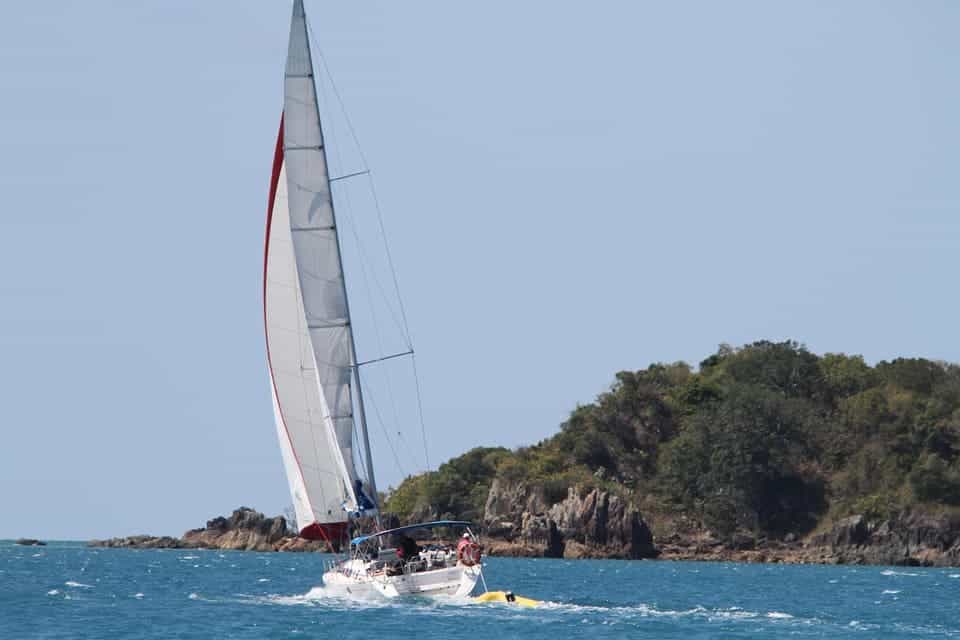Oceans cover more than 70% of our planet. They include some of the most fragile ecosystems and species on Earth but are continuously abused and ill protected. Marine protected areas are a key solution to that problem, protecting marine and coastal biodiversity.

The term Marine Protected Areas (MPA) includes marine reserves, fully protected marine areas, no-take zones, marine sanctuaries, ocean sanctuaries, marine parks, locally managed marine areas, to name a few. Many of these have quite different levels of protection, and the range of activities allowed or prohibited within their boundaries varies considerably too.
WWF uses the term Marine Protected Area as “an overarching description of an area designated and effectively managed to protect marine ecosystems, processes, habitats, and species, which can contribute to the restoration and replenishment of resources for social, economic, and cultural enrichment.”
Governments establish MPAs to help protect marine ecosystems that are threatened by human activity, such as overfishing or petroleum drilling. An MPA may also be established to protect underwater archaeological sites, shipwrecks, and other historically important places. For example, the Thunder Bay Marine Sanctuary was created in 2000 to protect shipwrecks in the Great Lakes.
An MPA may be defined by a range of rules. Restrictive MPAs might prohibit any human activity in the area. Others might simply establish limits on how many fish can be caught or what kind diving or boating can take place. The ways MPAs are managed vary quite a bit depending on the unique features of that area.
Despite their importance and a recent expansion during the last few years, there’s a long way to go. Only about 4% of the world’s oceans are protected, and the vast majority of existing marine parks and reserves are either poorly managed, or not looked after at all.
Why do we need MPAs?
Modern technology has increased the range of uses of, and access to, marine environments, supporting industries such as fishing, tourism, aquaculture and the development of new forms of drugs from marine biodiversity. But unless managed sustainably, the uses and users of marine ecosystems can threaten, change and destroy the very processes and resources that they depend on.
Current management systems are failing to maintain the productivity, biological diversity and the ecosystems of marine ecosystems. The consequences of this failure are serious and far-reaching. The most obvious effect is seen in impacts on the longstanding and widespread use of marine resources for seafood.
The global fish catch has been in a consistent decline since 1989 and the downward trend is projected to continue. Marine biodiversity, ecosystems, and resources are also endangered by threats reaching the sea from the land. These include pollution by nutrients, chemicals and silt, as well as changing river flows
MPAs provide a range of benefits for fisheries, local economies and the marine environment, including conservation of biodiversity and ecosystems; arresting and possibly reversing the global and local decline in fish populations; raising the profile of an area for marine tourism and broadening local economic options; providing opportunities for education, training, heritage and culture; and providing broad benefits as sites for reference in long-term research.
How do MPAs benefit fisheries?

Marine protected areas with core ‘no-take’ reserves can play an important role in arresting and possibly reversing the global and local decline in fish populations and productivity.
Indications of this decline include fishing for smaller and lower-value species; having to fish further from home bases; and the destruction or degradation of fish habitats in coastal areas. The effects of a declining fish catch fall disproportionately on poor coastal communities, as an estimated 94% of all fishers are subsistence fishers.
In the face of an increasing world population, reversing the decline and maintaining the high-quality protein supply from the sea will require considerable improvement in the management of wild capture fisheries, aquaculture and the health of the ecosystems upon which they depend.
There is a substantial weight of evidence in favour of the beneficial role of MPAs in a range of different types of fisheries, in different global localities, and within different fisheries management regimes. MPAs on their own are not sufficient as a single management tool, except possibly in small-scale subsistence fisheries where other management systems may not be very effective.
For fisheries, MPAs generally can be considered to provide four basic benefits: support for stock management, improved socio-economic outcomes for local communities; support for fishery stability; and better understanding of impacts and options.
How do MPAs benefit tourism?

Tourism is now a primary source of income in many developing countries and frequently exceeds the value, particularly the foreign currency value, of marine fisheries in those nations. In Australia, the Great Barrier Reef attracts about 1.8 million tourist visits with the industry valued at over $AUD1 billion per year, compared to estimates of $A359 million for the annual worth of Great Barrier Reef fisheries.
Despite the importance of tourism of the quality of the natural environment, coastal and marine tourism areas are vulnerable to hasty and inappropriate development. Poorly managed tourism can lead to site degradation and a decline in visitor numbers.
Well-managed marine protected areas with core ‘no-take’ reserves are often major tourist attractions. An important attraction for many visitors is to view abundant marine life from observatories, with glass-bottomed boats, by snorkeling or scuba diving. The quality of these experiences depends on the ability to see large fish and the diverse life of algal beds, rocky seabeds, and reefs undisturbed and undamaged in their natural environment.
The establishment of a marine protected area is an excellent way to raise the profile of an area for marine tourism and to broaden the local economic options. It is important that the introduction and development of tourism is carefully planned to ensure that it is acceptable and sustainable for the local human communities.
With appropriate training and support, local communities can gain additional economic benefit through managing the MPA and involvement in businesses that take visitors to the marine reserve, as well as receiving the benefits of improved local fishing. Many countries have shown that protected areas often earn significant revenue and make an important contribution to local economies.
Are there any risks of MPAs?
MPAs may well be a compelling tool to use in fisheries and conservation management regimes but they are subject to the same pitfalls and difficulties as any other available tool. Blanket MPA targets with a ‘one size fit all’ approach will not suit all habitat types or objectives and must be treated with caution.
Poorly informed and over-optimistic implementation of MPAs will result in more failures arising from inappropriate use, faulty design, poor implementation, or all three. Therefore, the establishment of MPAs must be seen as one of the tools to be considered in the overall goal of achieving sustainable use of oceans.
A major risk of excessive emphasis on MPAs alone is that it will, and probably already has in some cases, divert limited and already over-stretched international, national and local resources from other priorities and approaches that, in many cases, may have been more effective and appropriate for the problems being addressed.



